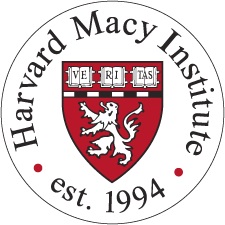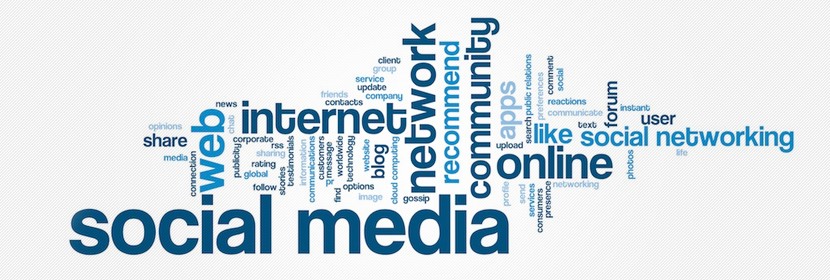When the Harvard Macy Institute was launched in 1994, the Internet as we know it was just beginning and smartphones were a figment of Steve Jobs' imagination (a few dinosaurs may still have been wandering around). However, the goal then was the same as now: to create a community of educators. Liz Armstrong saw health professions educators as lonely warriors in their classrooms. Many were teaching their students in innovative and creative ways, but unlike their colleagues in the laboratory sciences, they were going it alone. By coming to the Harvard Macy Institute (HMI), educators could share ideas, conduct new experiments in health professions education, and leave as part of a new group of like-minded individuals.
Fast forward to 2011. Through connections made possible by HMI, Marg Hay traveled from Melbourne, Australia to the United States for a sabbatical with HMI. Working side by side in HMI's Boston offices, Marg showed Liz the power of social media to connect health professional educators around the world. Instead of relying on email or the occasional meeting at conferences to connect, former HMI scholars could reach the entire HMI community with a simple post on Facebook, Twitter, or LinkedIn.Scholars could pose a question, share a new teaching technique, or look for collaborators for a new educational enterprise – all things HMI has always done.
Simultaneously, social media was taking off among health care professionals around the world. Surveys of health professionals from around the world have found doctors, pharmacists, and nurses are on Facebook, Twitter, and Linked In.While concerns with and about patients dominated early conversations about social media use in healthcare, newer studies show its power for teaching. Twitter and Facebook have been used to teach everything from anatomy to health services research to reflective practice. Social media has great potential for continuing medical education and has been used for world-wide journal clubs and case discussions.
So why is HMI going Social?To connect our alums, our faculty, and our fellow educators. To bring you up-to-date news in health professional education. To promote the type of inquiry that HMI values. To celebrate the global and diverse HMI Community of Practice.
When the Harvard Macy Institute was launched in 1994, the Internet as we know it was just beginning and smartphones were a figment of Steve Jobs' imagination (a few dinosaurs may still have been wandering around). However, the goal then was the same as now: to create a community of educators. Liz Armstrong saw health professions educators as lonely warriors in their classrooms. Many were teaching their students in innovative and creative ways, but unlike their colleagues in the laboratory sciences, they were going it alone. By coming to the Harvard Macy Institute (HMI), educators could share ideas, conduct new experiments in health professions education, and leave as part of a new group of like-minded individuals.
Fast forward to 2011. Through connections made possible by HMI, Marg Hay traveled from Melbourne, Australia to the United States for a sabbatical with HMI. Working side by side in HMI's Boston offices, Marg showed Liz the power of social media to connect health professional educators around the world. Instead of relying on email or the occasional meeting at conferences to connect, former HMI scholars could reach the entire HMI community with a simple post on Facebook, Twitter, or LinkedIn.Scholars could pose a question, share a new teaching technique, or look for collaborators for a new educational enterprise – all things HMI has always done.
Simultaneously, social media was taking off among health care professionals around the world. Surveys of health professionals from around the world have found doctors, pharmacists, and nurses are on Facebook, Twitter, and Linked In.While concerns with and about patients dominated early conversations about social media use in healthcare, newer studies show its power for teaching. Twitter and Facebook have been used to teach everything from anatomy to health services research to reflective practice. Social media has great potential for continuing medical education and has been used for world-wide journal clubs and case discussions.
So why is HMI going Social?To connect our alums, our faculty, and our fellow educators. To bring you up-to-date news in health professional education. To promote the type of inquiry that HMI values. To celebrate the global and diverse HMI Community of Practice.
Todd B Fowler


